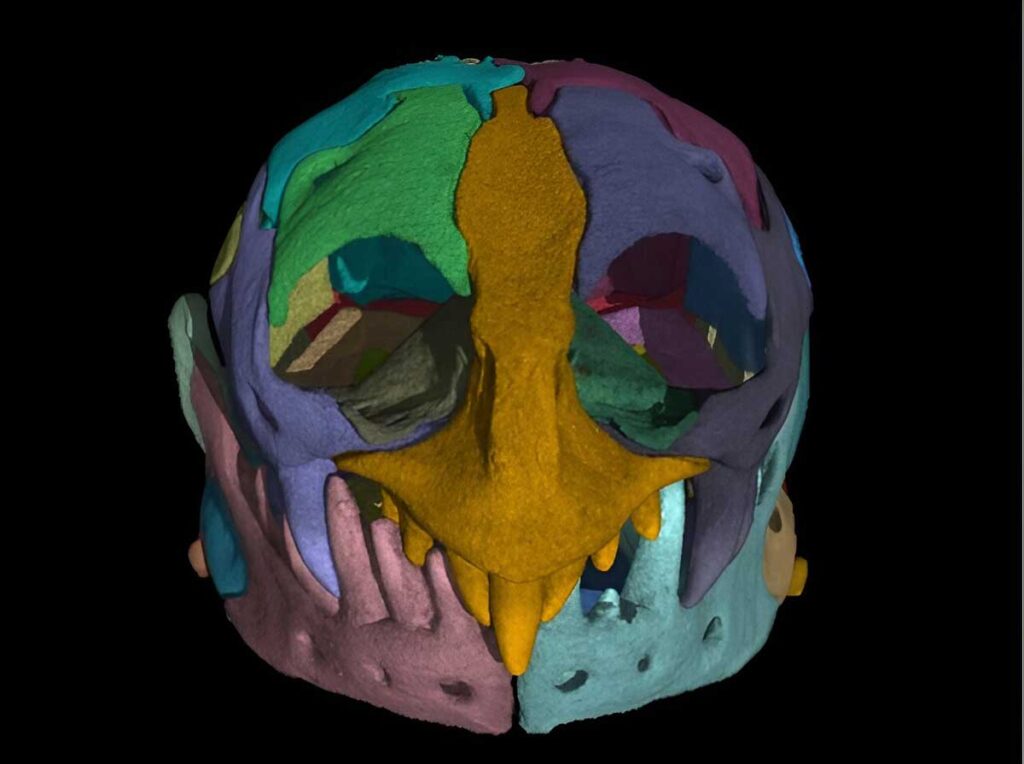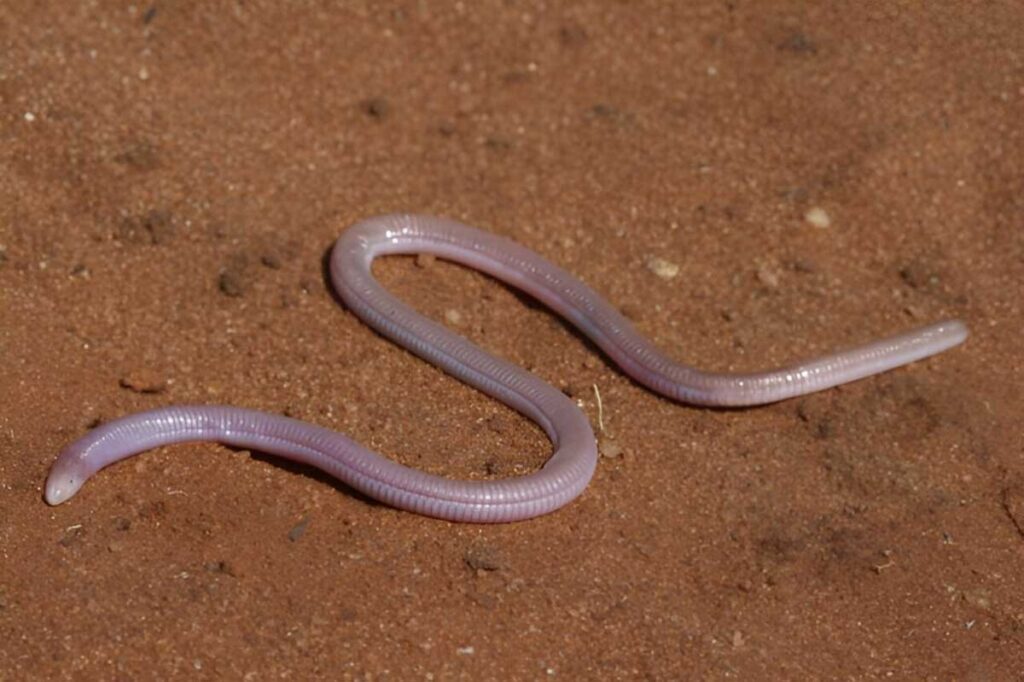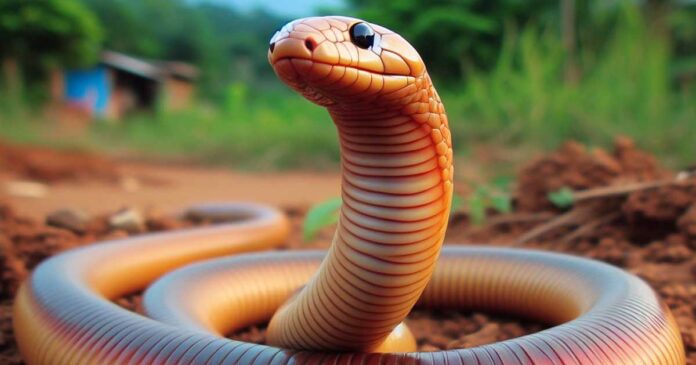Amphisbaenians: These cryptic creatures, resembling a cross between worms and snakes, have long puzzled scientists.
With their vertebrae, scales, and sometimes tiny forearms, they lead subterranean lives, burrowing through soil and sand, preying on unsuspecting victims.
Think of them as miniature versions of the colossal sandworms from Frank Herbert’s “Dune.”
Yet, despite their global distribution, observing amphisbaenians in their natural habitat remains a challenge—these elusive reptiles remain hidden beneath the earth.
Unveiling the Hidden Anatomy
Thanks to cutting-edge technology, we’re finally lifting the veil on these enigmatic creatures.
Researchers at The University of Texas at Austin’s Jackson School of Geosciences employed micro-CT scans to explore the secrets of amphisbaenians.
Their focus? The species Zygaspis quadrifrons, found in southern Africa.
These scans allowed scientists to create detailed 3D-printed models of individual bones, revealing intricate cranial features that were previously impossible to observe.

The Curious Skull of Zygaspis
The skull of Zygaspis holds particular fascination. Imagine a creature so small that three of its skulls could perch on the tip of your pinky nail.
Yet, within this minuscule cranium lies a world of complexity. The nasal cavities, the central tooth—each detail now accessible through micro-CT scans.
Dr. Christopher J. Bell, lead author of the study, emphasizes the significance: “We can now examine these tiny vertebrates with unprecedented detail.”
Sutures and Secrets
Among the most captivating images from the scans are the sutures within the skull.
These delicate, interlocking waves—like puzzle pieces—reveal the intricate architecture of Zygaspis’s head.
These sutures, often overlooked, play a crucial role in understanding the reptile’s evolution and behavior.

Tiny Snakes in the Sand
Dr. Patrick J. Lewis, co-author and paleobiology professor at Sam Houston State University, recalls his surprise when encountering amphisbaenians during fieldwork in Botswana.
“They wriggle around and move like little snakes,” he says. “You just don’t expect that behavior from something so tiny.”
These cryptic creatures defy expectations, their movements more akin to serpents than worms.
A Window into Evolution
As we delve deeper into the hidden lives of amphisbaenians, we gain insights into their evolutionary adaptations.
Their specialized anatomy, their cryptic existence—each revelation adds to our understanding of these elusive reptiles.
The micro-CT scans have opened a new chapter in the study of Zygaspis and its kin.
Conclusion
The secrets of the snake-like worm are no longer confined to the shadows. Through technology and curiosity, we’ve unraveled their mysteries.
Next time you glimpse a wriggling creature in the soil, remember: it might just be a tiny snake, a living relic of an ancient lineage.
FAQs
These reptiles prey on a variety of small creatures, from insects to other reptiles.
The intricate sutures within their skulls provide clues about their evolutionary history.
While some species are kept in captivity, their specialized needs make them challenging pets.
More info: Christopher J. Bell et al, Cranial anatomy of the "round‐headed" Amphisbaenian Zygaspis quadrifrons (Squamata, Amphisbaenia) based on high‐resolution x‐ray computed tomography, The Anatomical Record (2023). DOI: 10.1002/ar.25304
Antonio Meza et al, Variation in the cranial osteology of the amphisbaenian genus Zygaspis based on high‐resolution x‐ray computed tomography, The Anatomical Record (2023). DOI: 10.1002/ar.25321

